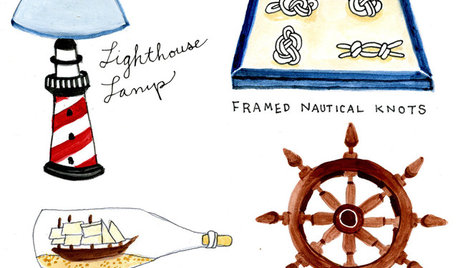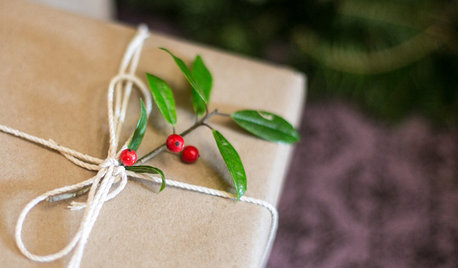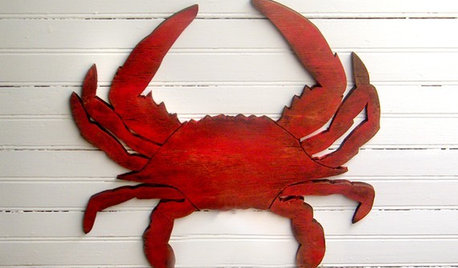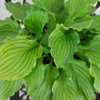What do crab shells do?
paula_b_gardener 5b_ON
9 years ago
Related Stories

DECORATING GUIDES15 Ways to Get Your Home in a Summer Mood
Bask in the easygoing spirit of summer with breezy touches indoors and out
Full Story
FUN HOUZZ12 Signs Your Coastal-Style Home May Have Gone Overboard
Accessories conjuring the beach often start innocently enough, but if you've framed your flip-flops, it may be time to reconsider
Full Story
HOLIDAYSMake Your Checklist for Entertaining Season
Tailor this master list to help you set the scene — and table — for the holidays
Full Story
MOST POPULARModern Party Etiquette for Hosts and Guests
Learn the mannerly way to handle invitations, gifts and even mishaps for a party that's memorable for the right reasons
Full Story
HOLIDAYSInternational Traditions: Christmas at Home in Australia
Diving into pools and brandy-laced pudding with equal gusto, Australians keep on the sunny side at Christmastime
Full Story
CHRISTMASGift Giving the Simple-ish Way
If buying holiday gifts drives you to the spiked holiday punch, try these easier but still rewarding traditions
Full Story
TINY HOUSESHouzz Tour: A Custom-Made Tiny House for Skiing and Hiking
Ethan Waldman quit his job, left his large house and spent $42,000 to build a 200-square-foot home that costs him $100 a month to live in
Full Story
COASTAL STYLEGuest Picks: Summer at the Seaside
20 Finds Call to Mind Coastal Cottages and Salty Sea Breezes
Full Story
HOUZZ TOURSMy Houzz: A Breezy Beachfront Getaway for 8
Gutting and redesigning turn a dilapidated Florida triplex into a comfortable weekend retreat for a big family
Full Story
LIFE8 Ways to Tailor Your Home for You, Not Resale
Planning to stay put for a few years? Forget resale value and design your home for the way you live
Full StoryMore Discussions







Jon 6a SE MA
almosthooked zone5
Related Professionals
Brunswick Landscape Contractors · Fort Mill Landscape Contractors · Fort Payne Landscape Contractors · Fuquay-Varina Landscape Contractors · Holtsville Landscape Contractors · San Carlos Park Landscape Contractors · East Norriton Landscape Contractors · Roy Driveway Installation & Maintenance · Mount Vernon Driveway Installation & Maintenance · Candler-McAfee Fence Contractors · Austin Fence Contractors · Slidell Fence Contractors · Saratoga Springs Fence Contractors · Cheshire Solar Energy Systems · Old Saybrook Solar Energy Systemsken_adrian Adrian MI cold Z5
bkay2000
funnthsun z7A - Southern VA
tsugajunkie z5 SE WI ♱
User
paula_b_gardener 5b_ONOriginal Author
User
User
bragu_DSM 5
Jon 6a SE MA
User
paula_b_gardener 5b_ONOriginal Author
hostasmith
paula_b_gardener 5b_ONOriginal Author